


Chemrade is a web-based software platform enabling companies to perform the registration and risk assessment of hazardous chemicals for the workplace, and get grip on the health risks from hazardous substances. Fully compliant with OSH and REACH regulations in a way that satisfies employees, inspectors, and management. That's what we mean with ‘responsible care’. Chemrade is located at the premises of the Radboud University, next to entrance of the park (Toernooiveld 100, Nijmegen)! (www.chemrade.com)

One of these projects is Transcription of Dutch Intonation, a web-based interactive course in the melodic annotation of spoken Dutch sentences. The program was first launched in 1999. It presents explanations of specific aspects of Dutch intonation features, together with exercises for users to check their understanding of these features. There are currently eight such sections, incrementally arranged from simple to more complex. A 2019 update introduced a synthesis module that created an artificial intonation contour from the user’s annotations (‘tone labels’). This module is usable for all sentences in all exercises. The artificial melody is superimposed on the original speech file, obliterating the original intonation. The exercises offer a Key, a prior Check on the annotation, and a free choice of items in the exercise. The synthesis function enables the user to check their annotation auditorily against the original intonation contour, together with an opportunity to visually compare the original and artificial intonation contours.
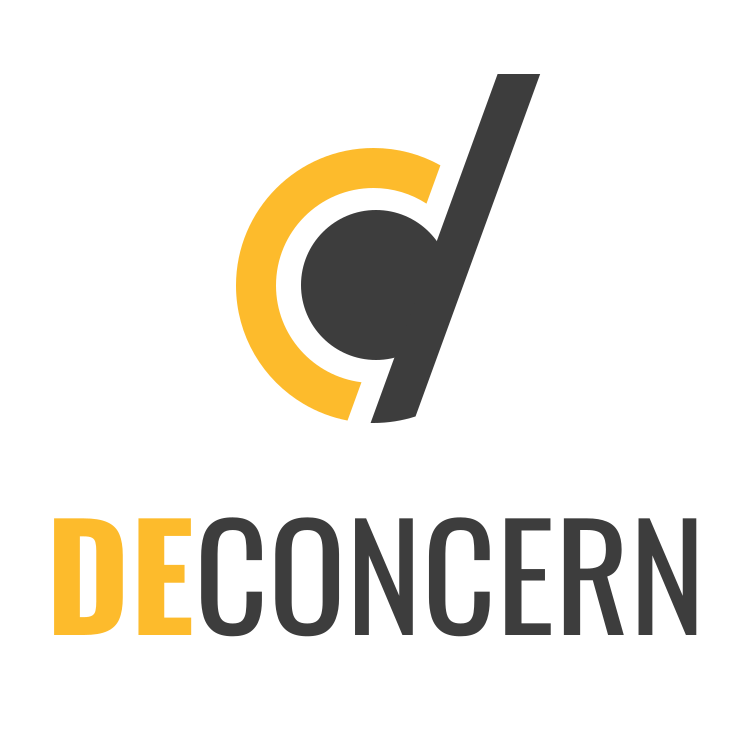
Deconcern creates the tools that protect us all against the compounds most dangerous to our environment. Dangerous chemicals kill roughly 80.000 people each year and these compounds are here to stay. More than 99% of all humans now have measurable levels of the forever chemical ‘PFAS’ in their blood. The first step towards removing these harmful substances is finding out where they are used. This is where Deconcern comes in! Deconcern assists both governments and companies in finding all extremely dangerous and toxic compounds with an elegant drag-and-drop tool. We eliminate the need for sampling and facilitate thousands of hours of checks in mere seconds. No more need for extra hard to find personnel, no more need for a chemistry degree. Providing data-driven insights and plotting all dangerous chemicals on a map of the Netherlands. Currently around 25% of the Dutch government uses the Deconcern Environmental tools to safeguard our environment and we are working hard on assisting compliance within the industry of the Netherlands as well.
We are a small team that has been working on the early stages of a food forest web app. We are: an experienced software entrepreneur turned food forester, a food forest expert and an MFoCS student, also turned food forester. The goal of the app is to aid the design and maintenance of a food forest. We have been working on a pilot version which consists of an interactive map and draw tooling connected to a plant database. You’ll be adding new features or improving existing prototyped parts. Since the app is at its early stages, your suggestions are very welcome. The pilot will be the first version of the actual product so quality code and long-term thinking are a must. Furthermore, we expect to be working closely together with both the managers and the developers.

GEARS transforms business requirements to a fully operational system including its high level and low level designs. Currently these business requirements are written in a formal specification language that looks like source code. Business stakeholders are therefore reluctant to read them. Besides that it is not as easy to adjust as normal requirements documentation. The goal of this project is to create a tool that will generate conventional easy to read and maintain requirements documentation from the formally specified requirements.

GiPHouse is a virtual software company completely run by students. For more than 25 years now, GiPHouse has provided a platform in which real projects for real companies can be created. Furthermore, it has been a learning platform for students who want to get real life software development experience.
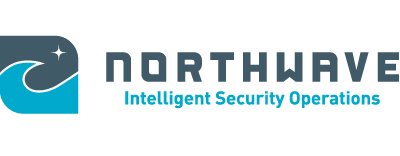
Northwave is a cyber security company that provides their customers a safe digital journey. Our philosophy is that cyber security consists of three components: - Business (e.g. security policies, cyber resilience, GDPR compliance) - Bytes (e.g. red teaming, monitoring, incident response & forensic investigations) - Behaviour (e.g. security awareness, crisis exercises, security training) Northwave believes that all three components come together in the so-called “Security and Privacy Office”.

Planet+ exists to make the world sustainable, by helping large organisations reduce CO2 emissions, prevent pollution, re-use materials, restore nature and support people. Examples of clients are Radboud University, Municipalities of Amsterdam and The Hague, TU Eindhoven and NTP Infra. We help focus on the most important impacts, measure sustainability of suppliers and monitor progress. An important tool for this is Optimal Scans.
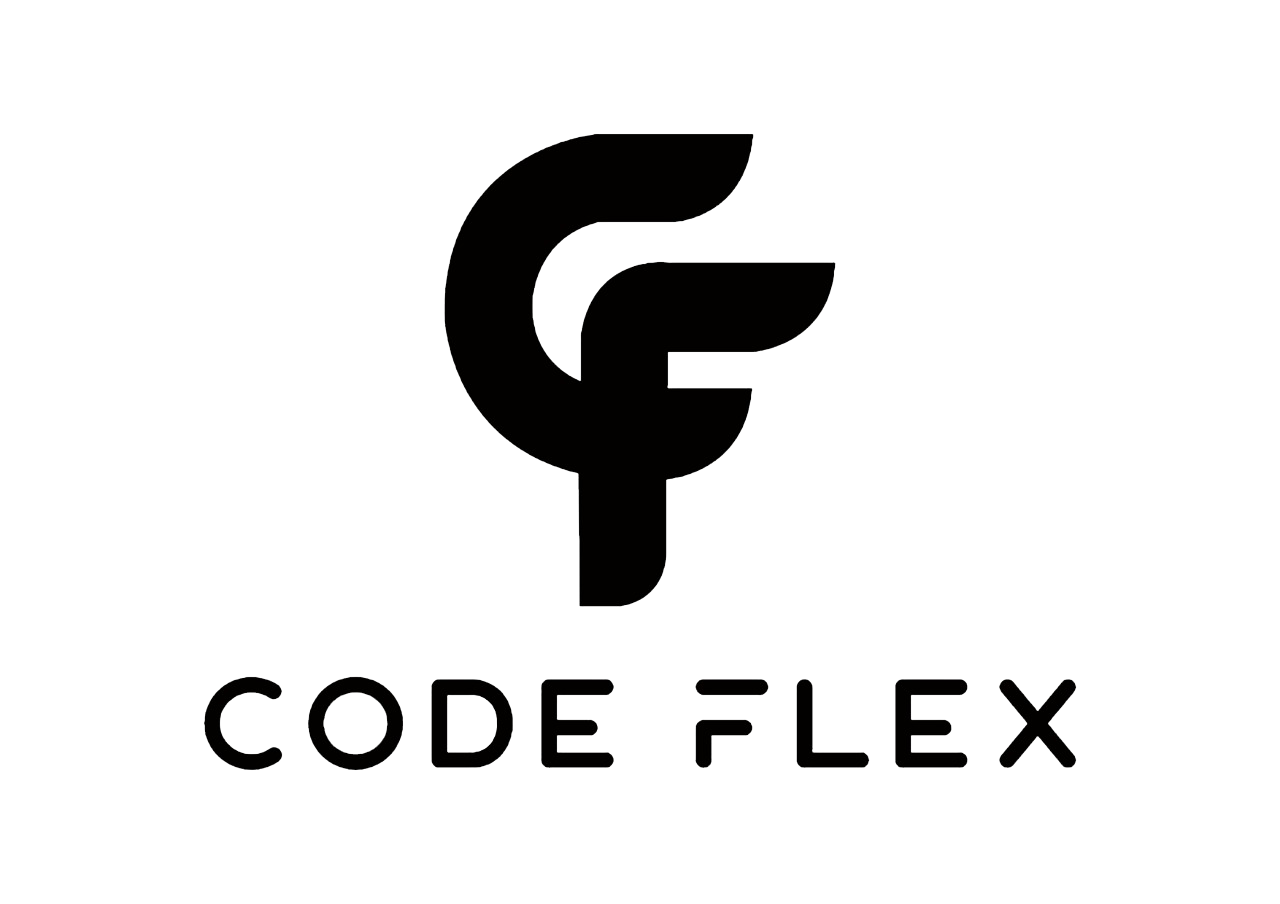
One of our clients, which is a market leader in the manufacturing of sun protection systems, has turned to CodeFlex to optimise the planning of the production of product components. One of these components are powder coated profiles, manufactured either in-house or by external vendors. Planning which powder coated products are made when and where is important, as setting up the machines or waiting for orders to be transported can impact the overall manufacturing time of products. Currently the planning is done manually, and orders are stored in the ERP (enterprise resource planning) system. However there is little optimisation in the utilisation of available resources such as the powder coating facility. Therefore a smart order planning system is needed which can both optimise the way resources are used, and give insight into these resource’s utilisation.

One of our clients, which is a market leader in the manufacturing of sun protection systems, has turned to CodeFlex to optimise the inventory of the powder for usage in its powder coating facility. The facility runs in so-called colour runs, where all frames of the same colour are coated. The required powder for the coating of metal framing has a limited shelf life and preferably must be used in a FIFO (first in first out) way. The boxes contain approximately 20KG of powder and have a batch number to uniquely identify the powder type, its manufacturer and date of production. If more than 20KG of powder is used in one colour run, the boxes must all have the same batch number due to the possibility of colour deviation between batches. Currently, the powder inventory is managed by manually entering information into their ERP (enterprise resource planning) system. What batch is used for which order, and how much was used is currently tracked using handwritten kanban cards. Therefore the client has requested to build a system which saves the used batch number with the coated order in their ERP system (Microsoft Dynamics NAV) and directly reduces the stock with the coating powder used in the colour run.

The Pre-University College of Science (or PUC of Science for short) focusses on organising activities like masterclasses for high school students. When it comes to broadening their mathematical horizon we tend to the wishes and needs of high school students and teachers. Apart from the masterclasses, we also create a platform for teachers to meet and enrich their skills and knowledge of teaching and mathematics, usually led by a professional. Information about us and our activities is found on https://www.ru.nl/ise/outreach/pre-university-college-science/.

QBayLogic is a company that specialises in offering consultancy in the field of field-programmable gate arrays or FPGAs. An FPGA is an integrated circuit that can be reconfigured. This makes it possible to instantiate almost arbitrary digital circuits inside such an FPGA. Examples of this include CPUs, AI-accelerators or signal processors. The traditional implementation method requires the use of unwieldy specialised hardware description languages, abbreviated to HDL, such as VHDL or Verilog. These languages are verbose and lack many comforts that have become the norm in the software world, such as advanced type checking, testing infrastructure and other tooling. The founders of QBayLogic recognized that a purely functional computing model fits FPGAs like a glove and built the open source Clash-compiler based on the Haskell GHC compiler that allows the compilation of Haskell to these more traditional hard- ware description languages. And precisely therein lies the unique value proposition of QBayLogic. Through the use of Haskell and its ecosystem many pain points of traditional FPGA development flows are reduced. This allows QBayLogic to be a competitive partner in the FPGA design space.
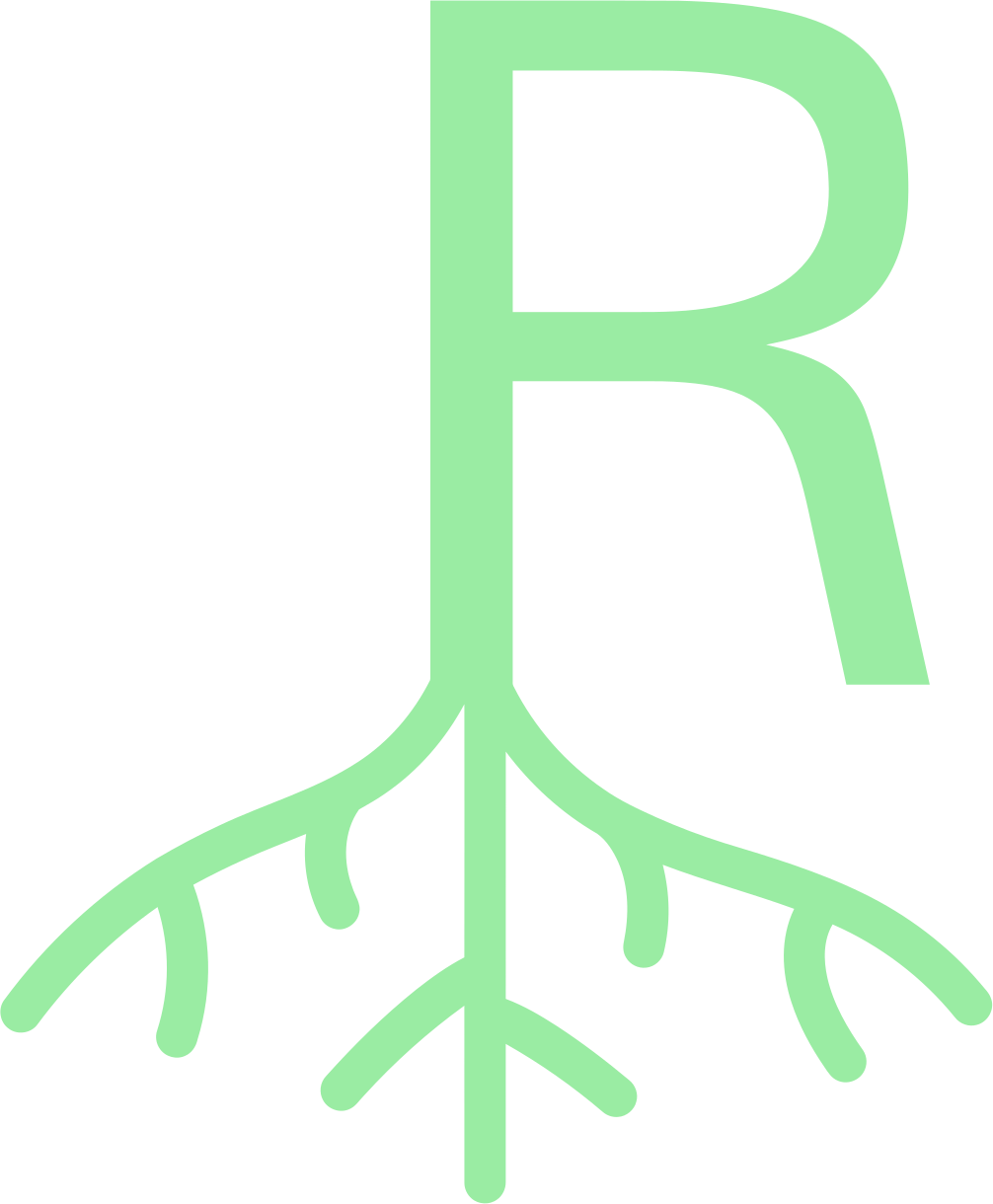
The 3GPP specification defines the network elements and the protocols used in a mobile network. Those specifications are the blueprint of a network used by big and small companies like Nokia, Ericsson, Qualcomm, and Huawei to implement the network elements and basebands of the mobile phone. The 3GPP specifications are hundreds of document (doc) files, sometimes over 1000 pages long. As an example, you can find all specifications here: https://portal.3gpp.org/#/55936-specifications. Those specifications often reference each other, so if you want to know a specific detail, you sometimes need to open ten-word documents to find the required information. This not only costs valuable time but can also be the source of some vulnerabilities. In the project, we aim that developers and security analysts that work with the specification can easier access the specification. Therefore, the aim is to develop a 3GPP console, a website that allows you to search the 3GPP and ETSI documents, download them (as word and pdf), and make favourites. The website shall only have a search console that allows entering different kinds of keywords. A straightforward type of keyword is the number of a specification. If the user enters the specification number such as “TS 33.501” and presses enter, the user shall see a selection on the version of the spec and shall select to download it as word or pdf. The 3GPP console shall contain all series, including “3G and beyond / GSM (R99 and later)”. Not GSM and previous generations.
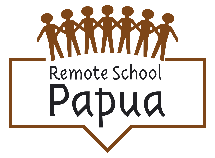
The foundation Remote School Papua supports education in West Papua from the Netherlands. Financial support for the purchase of class materials such as tablets, laptops, lamps and solar panels for charging. The foundation also contributes to the development of the primary school curriculum. A language curriculum has been developed for the first grade, lessons + powerpoint for the teacher. The Papua children who speak their native language learn by these methods to speak Indonesian. It will prepare pupils to take a successful step towards speaking, reading and writing.

The outline of this project is very compact, Sue wants to deliver a managed IAM solution to our customers via a SaaS (Software as a Service) portal based on Keycloak.

Currently our Cloud Native Adoption Platform consists of many coupled cloud services, we want to aggregate these services for Developers in a single DevEx (Developer Experience) portal so they can immediately start integrating CNAP in their internal development toolchain and workflows. The 'DevEx movement' has the sole purpose of making cloud and infrastructure platforms more digestible and (directly) usable for developers.